WASHINGTON — The controversial statue of former Supreme Court Chief Justice Roger B. Taney was removed from outside the Maryland State House in Annapolis early Friday.
Shortly after midnight Friday, a crew using a crane came in and started taking the statue down. It was lifted up on a truck and driven away. The whole process took less than two hours.
It was done with little fanfare or warning, while Gov. Larry Hogan, who supported the statue’s removal, is said to be out of town.
Hogan had called for the immediate removal of the statue earlier in the week following the protests that turned deadly in Charlottesville, Virginia, last weekend.
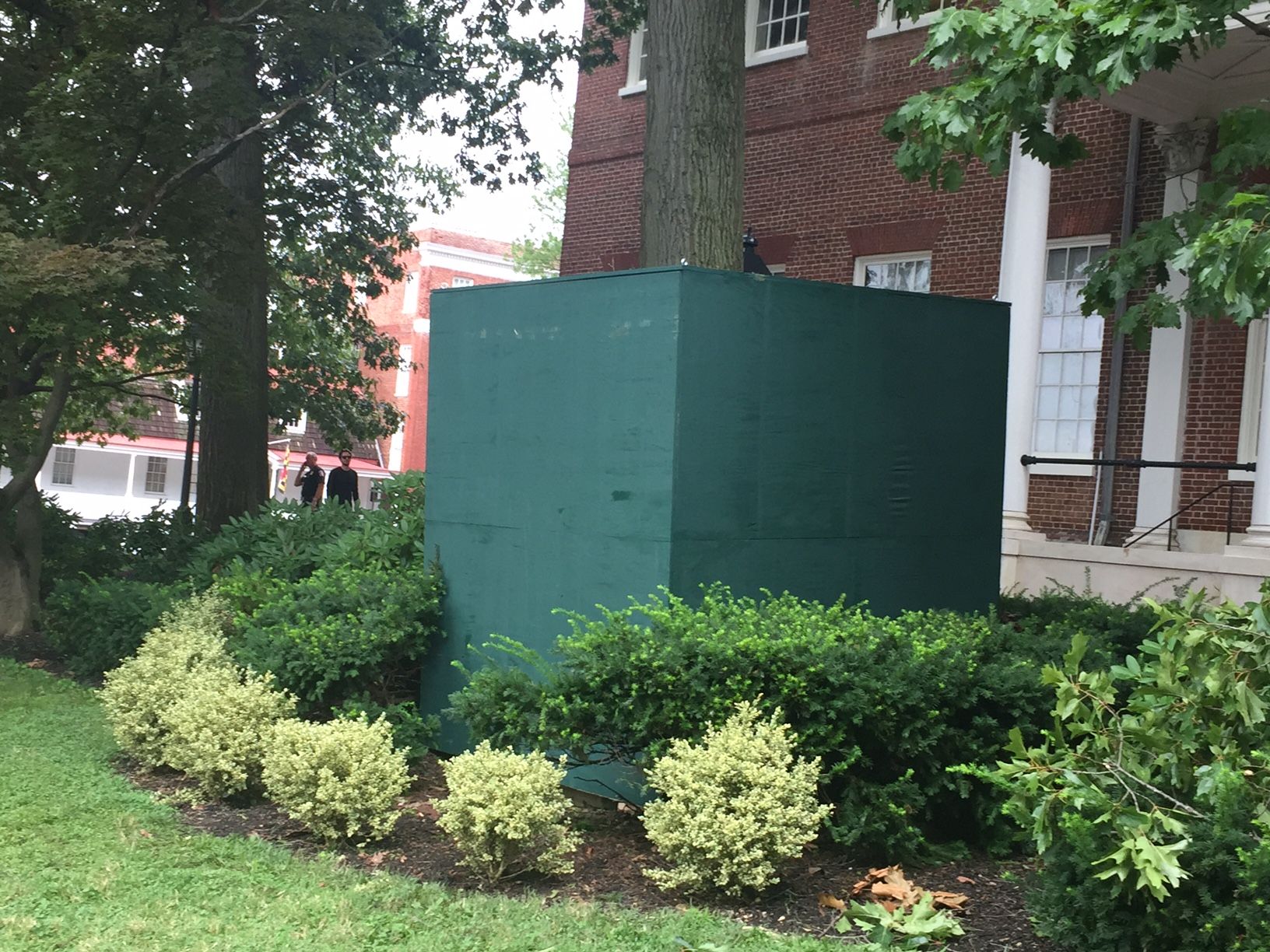

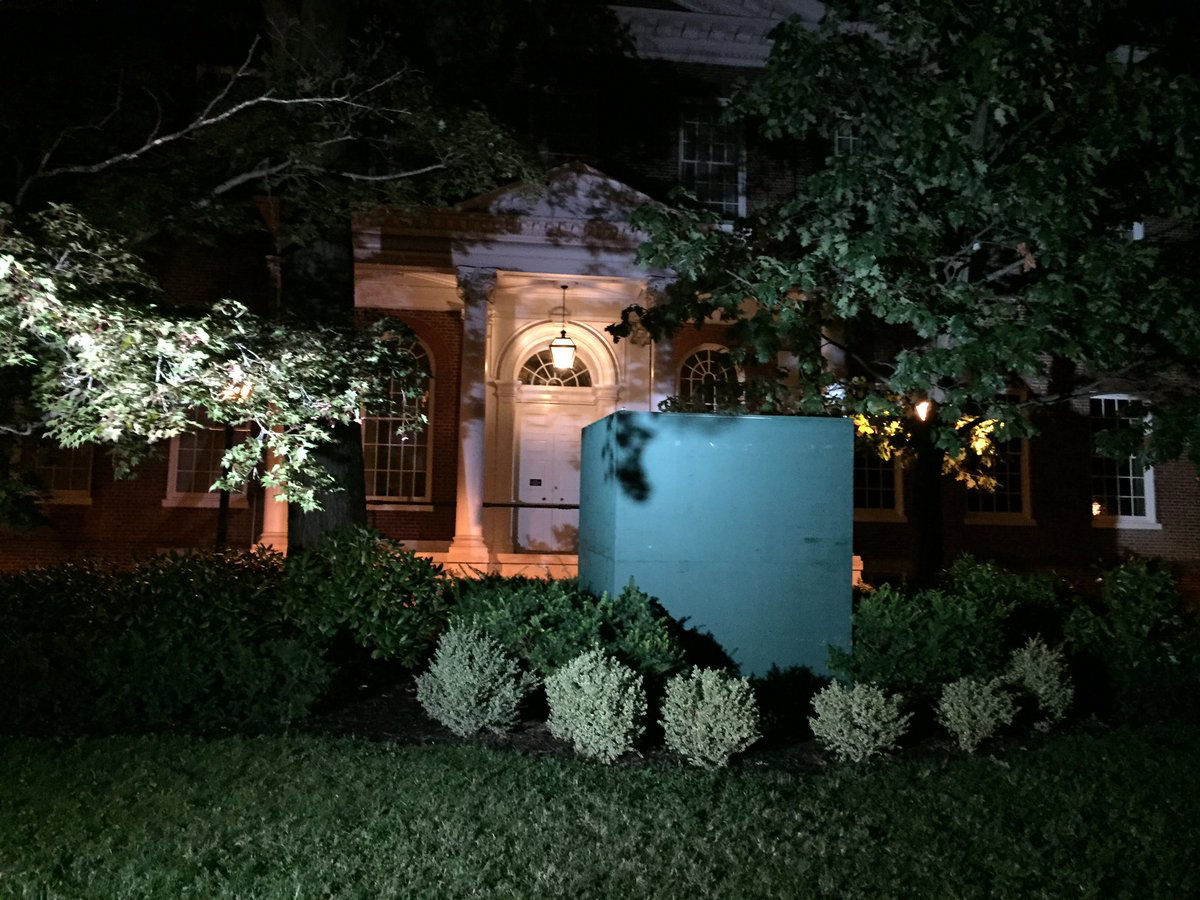
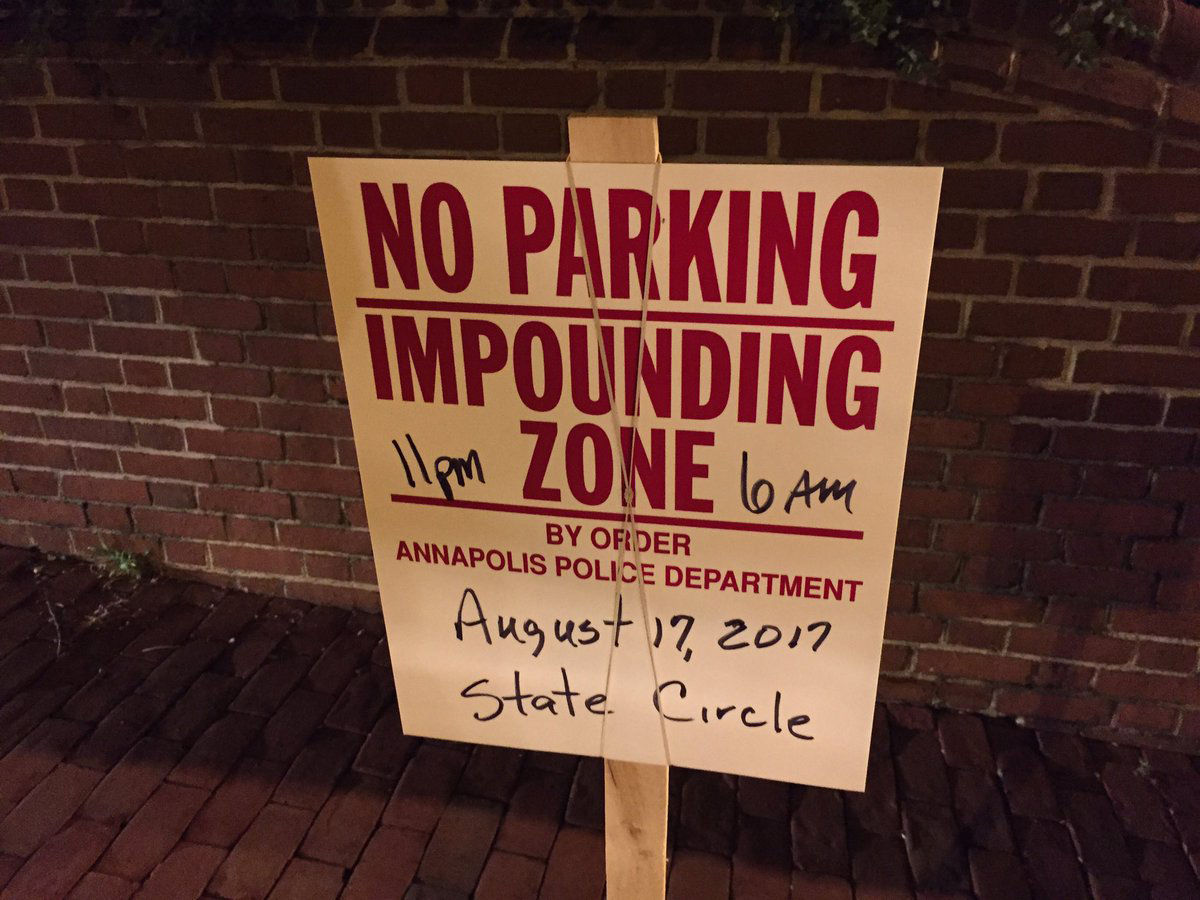
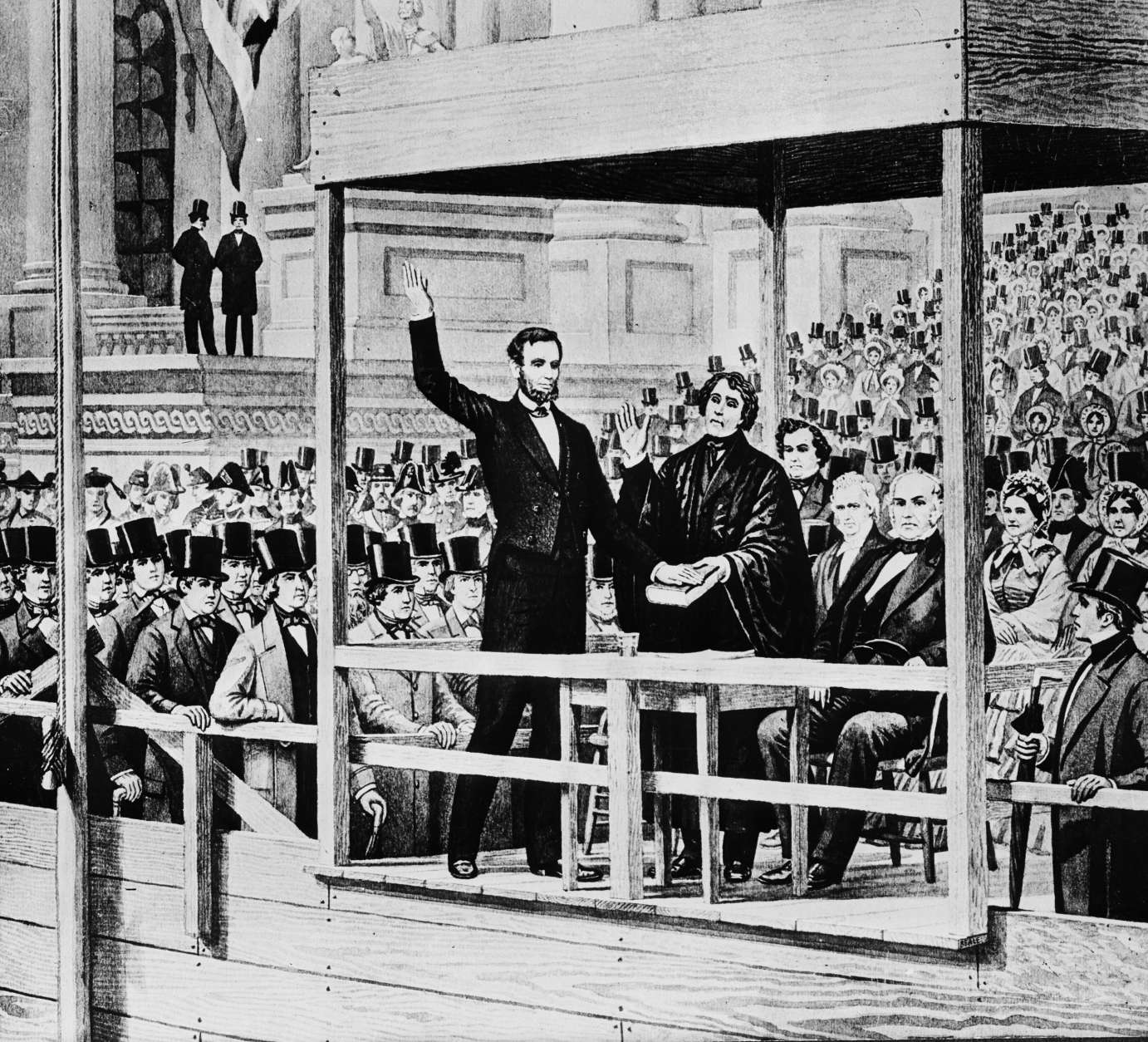
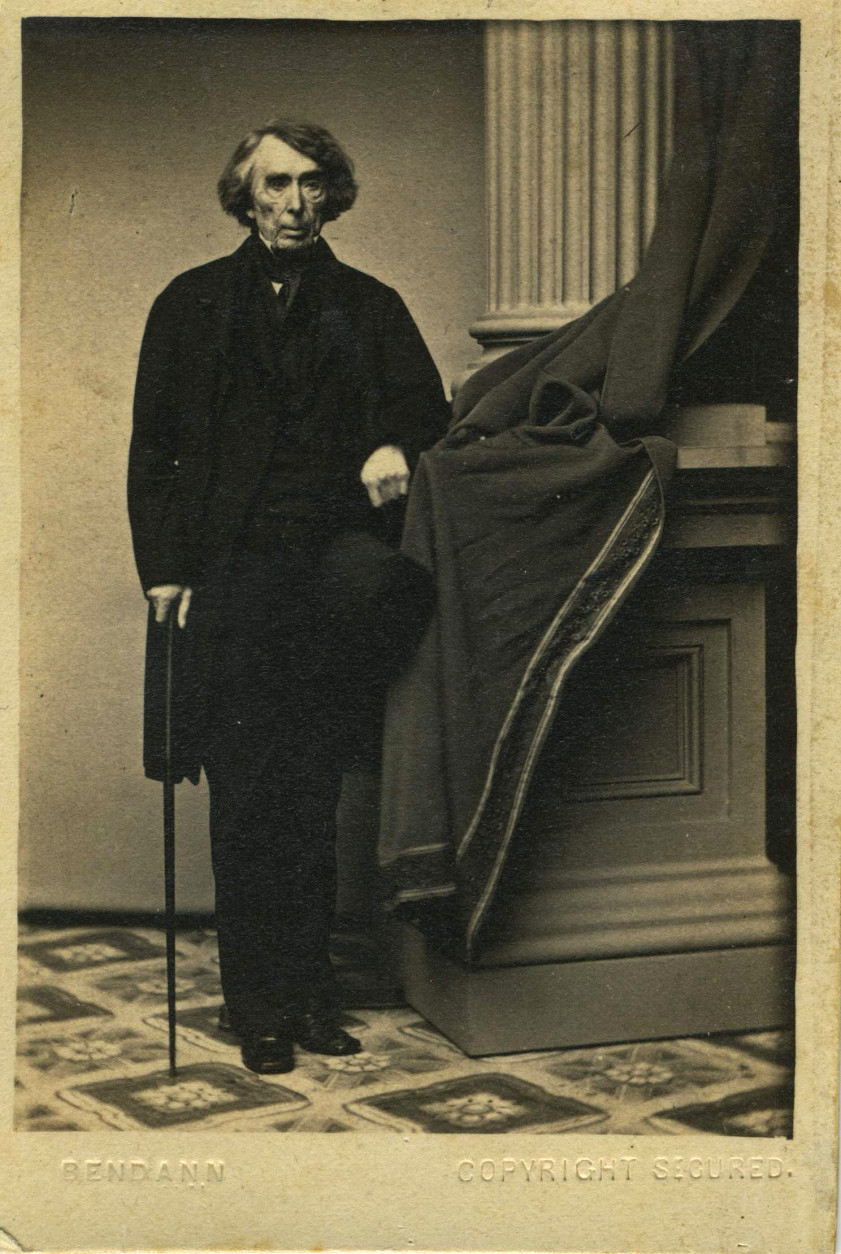
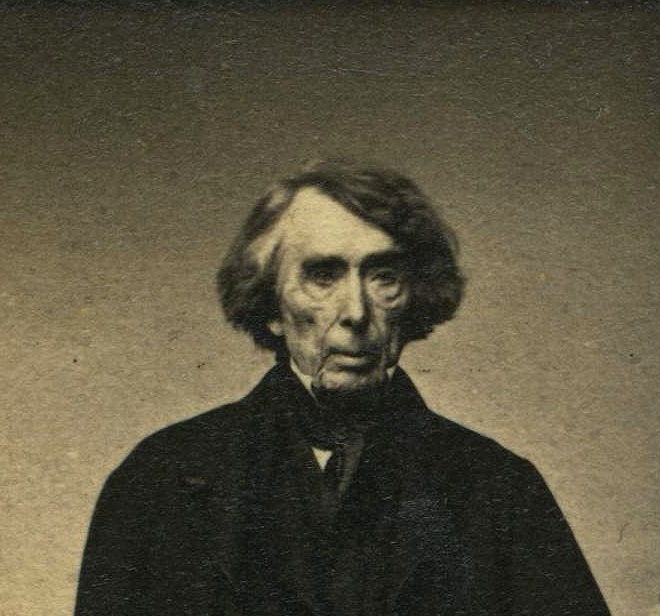

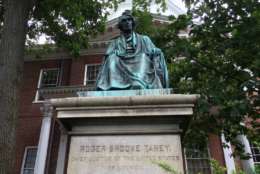

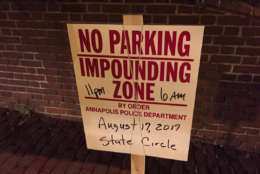
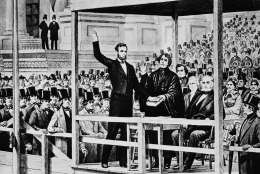
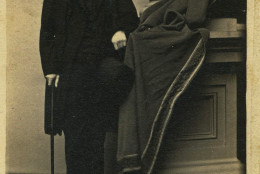
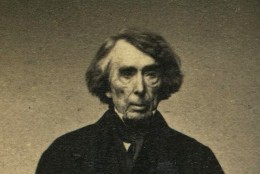
“While we cannot hide from our history — nor should we — the time has come to make clear the difference between properly acknowledging our past and glorifying the darkest chapters of our history,” Hogan said in a statement Tuesday.
The vote to remove the Taney statue came Wednesday from the State House Trust board.
The decision didn’t sit well with Thomas V. Mike Miller Jr., president of the Maryland Senate and a member of the State House Trust Board, which Hogan chairs.
The vote was taken by email, which is not unusual – WBAL reports that the four-member board has only met twice since 2010. But Miller said in a letter to Hogan that he requested a public meeting on the removal of the Taney statue.
Miller criticized “the hidden nature of the process” regarding the email vote, saying that “This was certainly a matter of such consequence that the transparency of a public meeting and public conversation should have occurred.”
He added that Taney’s “complex history” included many laudable acts, including the freeing of his own slaves early in his life and calling slavery “a blot on our national character.”
Taney, a Maryland native, is best known as the chief justice who penned the 1857 Dred Scott decision. It denied citizenship to black slaves and descendants of slaves, that slavery couldn’t be banned in new territories of the United States, and that “the enslaved African race were not intended to be included” in the words “all men are created equal” in the Declaration of Independence.
On Friday morning, sticking up from the bushes where the statue used to be was a green box roughly 10 by 15 by 10 feet, containing the base.
Throughout the morning, people made it a point to stop by and look at the box, taking pictures and staring at what was left of the longtime statue. Many people were happy the statue is gone, but others lamented one more piece of history taken away.
Beth Terranova said, “I don’t know his judicial history, but clearly he has been remembered for the one truly horrendous decision he ever made. Unfortunately, that was a decision that I think was very detrimental to our country, so I approve of the removal of the statue. … It just gives the appearance of Annapolis being a much more inclusive and welcoming city.”
Steve Dudley wasn’t thrilled with the removal, but was resigned to it: “It’s part of our history, but with today’s society you cannot leave it up. If we keep this up we’ll be taking everything down,” he said, “because everyone’s done something. … We all know what was wrong as a society. But, still, it’s history.”
Jessica Daigle said, “I think it’s great. I’ve been wondering what’s been taking so long. It’s a slap in the face to African-Americans and that’s not right. That’s not what we’re supposed to be about.”
“You can’t right a wrong, but you can stop being wrong.”
The statue of Taney will be moved to a Maryland State Archives secure storage facility, The Baltimore Sun reported.
It’s unclear what might end up in the spot where the base of the statue still sits.
WTOP’s Rick Massimo contributed to this report.











